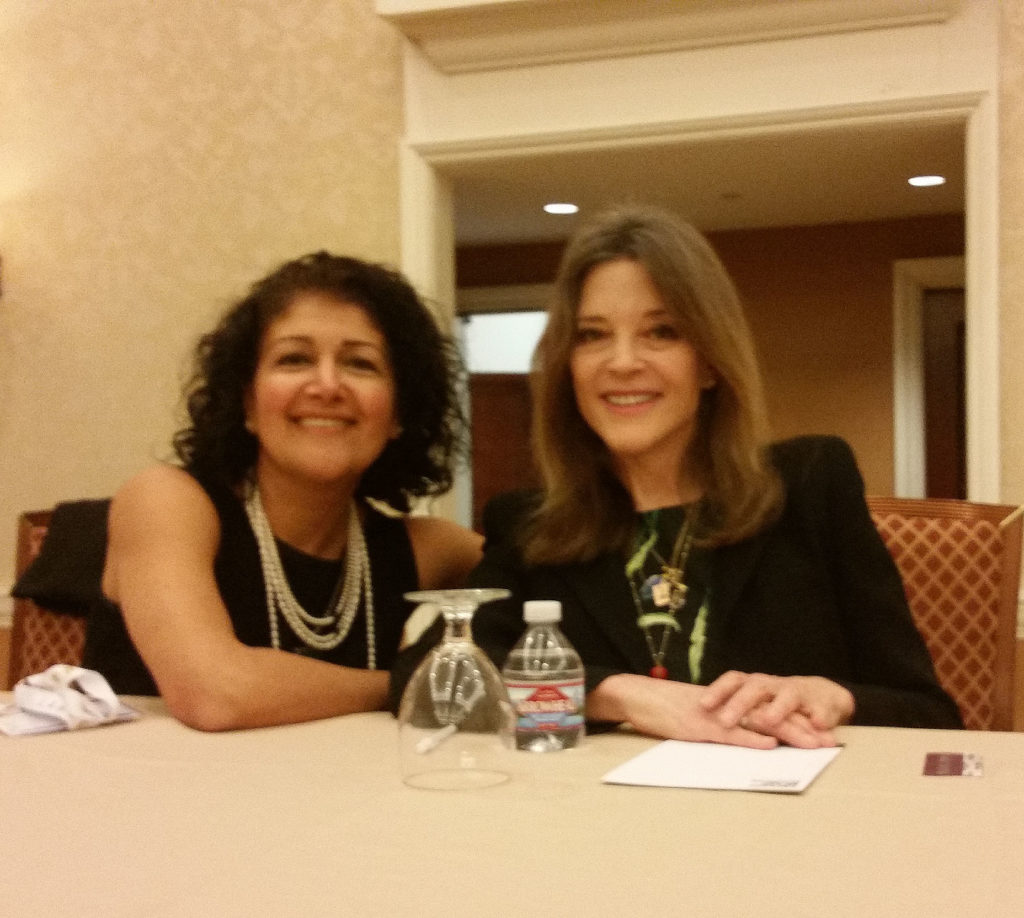Gearing Up to Sell Your Business: How to Retain Staff During a Sale Process
Written by Katy Goshtasbi
Posted on: February 18, 2019
Every organization deals with change as they grow. It’s inevitable and necessary. We all know this fact. If you’re not changing constantly, your not growing. Any size change impacts staff and productivity. What do you do to retain staff when changes are really big, like a sale of your company?
Change, of any size, is hard to take. This fact is true for us all as human beings. However, any change at work is even harder to take and manage as an employee.
Why?
Employees are not only having to navigate the change, as a human. They are also having the extra pressure of dealing with a change AND stress over job security. This makes them less productive because they are afraid. If they do not know what impact the change will have on them, then even worse. Instead of working, they sit and ruminate on what “this change will mean for me and my job?”.
When a company acquisition/sale is involved, the stakes are even higher for obvious reasons.
The number one tool you, as an employer, have at your disposal in order to retain your most important asset, your staff, is to communicate effectively with them during a sale. This may sound obvious and simple. Simple is not always easy.
In my work with organizations that are going to realignments, mergers, acquisitions, sales, etc. I develop a timeline of communication. This is not just about “when” to communicate.
It’s about “who” are you communicating with (ie, what is the employee’s individual brand and how do they each, and as a group, receive communication best). This takes time and energy to unearth. It’s at the crux of my work because if you don’t communicate in a way that your audience can digest, it’s the same as not communicating at all.
What does this mean for you? Consider:
• What is your communication technique with your staff?
• How do you communicate regularly with them?
• How personalized is your communication technique?
• How can you tell it works?
• What have you communicated to your staff about your company sale?
• Is it emotionally sound? Does it address their question and show you care?
Want more tips? Download this guide.
Download Now











